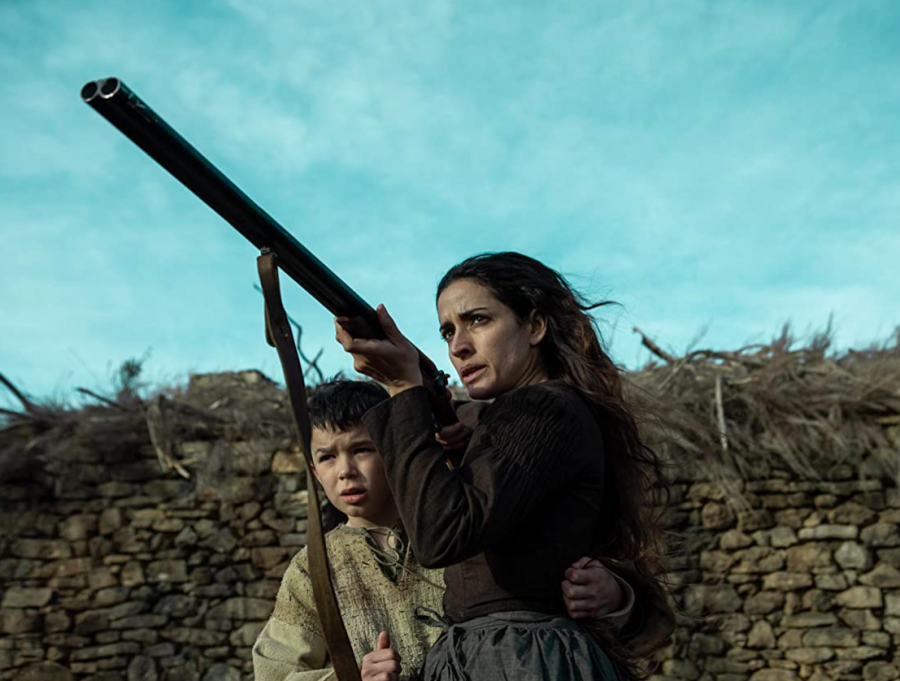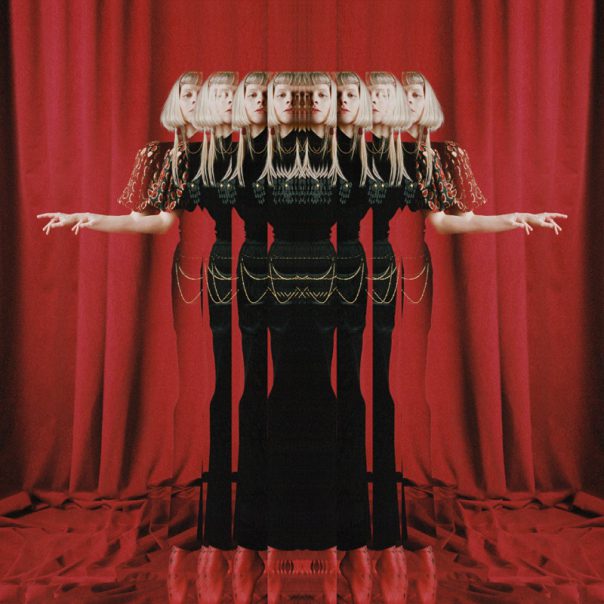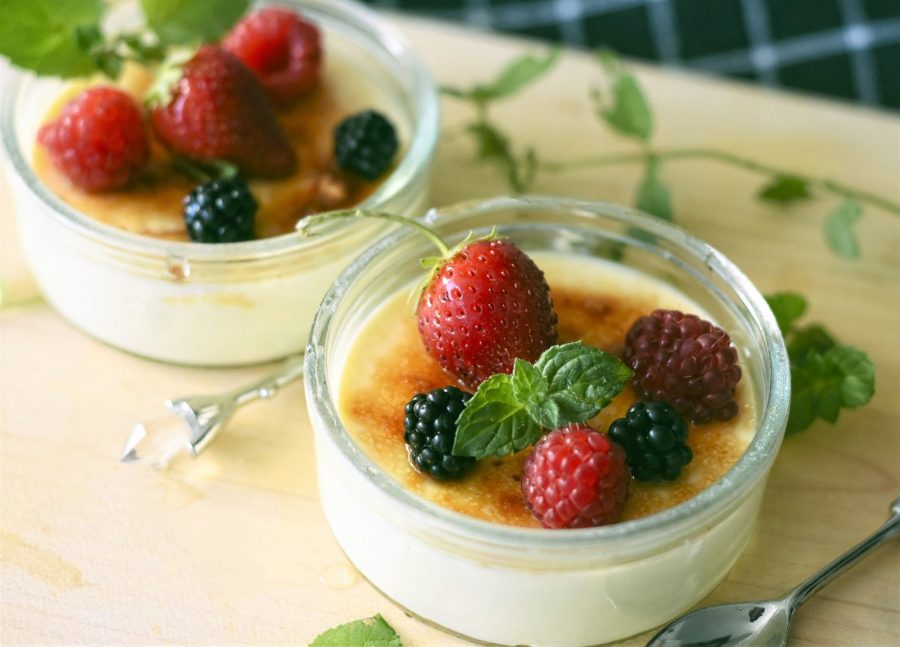If you’ve been to Barefoot Coffee before, you might notice some delicious updates next time you visit. The first thing you’re likely to see is the addition of modern wood paneling installed on the walls behind the counter. They’ve also changed around how one orders coffee – instead of walking up to a cashier, you talk to a barista instead; think of it like a bar. Most importantly, Barefoot has done away with the use of coffee urns and has built a free-pour bar in its place.
So what is this free-pour bar you might ask?
Well, to start, let’s talk about where Barefoot gets their coffee. Lots of coffee claims to be free-trade or organic, and while that’s great and all, Barefoot Coffee surpasses that and sends employees direct to the houses of independent coffee farmers all over the world.
Visiting these locations gives Barefoot an amazing opportunity to create close relationships with farming families as well as the ability to hand pick micro-lots of land to grow coffee trees on.
Barefoot uses micro-lots instead of farms or even single estates because they are able to factor in changes in the specific climate of that area, which in turn, change the end product. In some cases, these micro-lots produce as little as 150 pounds of coffee and that specific type of bean will never be grown again.
There are many things that factor into a great cup of coffee: the country of origin, the farm the trees were grown on, when the beans were harvested, the varietals and, of course, the process used in making a superb product. With these things in mind, Barefoot has gone forth and changed the way their customers are drinking coffee.
The free-pour bar was specially designed and handmade by employees of Barefoot Coffee. This is how it works: a barista pours hot water from a kettle into a glass funnel which holds a paper filter filled with one cup worth of coffee grinds. The process takes several minutes to complete.
By hand pouring coffee this way, they are able to prevent waste of top quality coffee beans. Most coffee shops throw away many gallons of unused brewed coffee every day. Barefoot is able to serve its customers world-renowned topnotch coffee, thanks to the free-pour bar. Not only are you getting a beautiful cup of coffee, you’re helping save the environment.
So apart from the free-pour bar, why bother remodeling, you ask?
Well, there’s a difference between a coffee house and a coffee bar. A coffee bar is designed exclusively around showcasing and delivering amazing coffee. As complete devotees to their love of coffee, Barefoot wanted to break away from the bonds of being just a coffee house and mature into a coffee bar.
Barefoot is a wonderful place to slow down and get a delicious cup of coffee or espresso. With the addition of the free-pour bar and the continuing excellence of their coffee beans, there are more than enough reasons for ordering a cup for-here rather than to-go. Who’d want to put a lid on such beautiful foam art, anyway?








